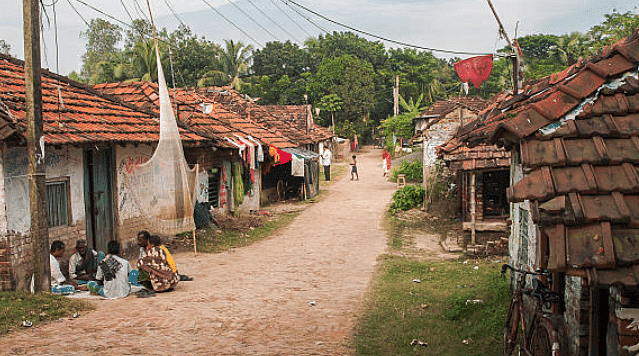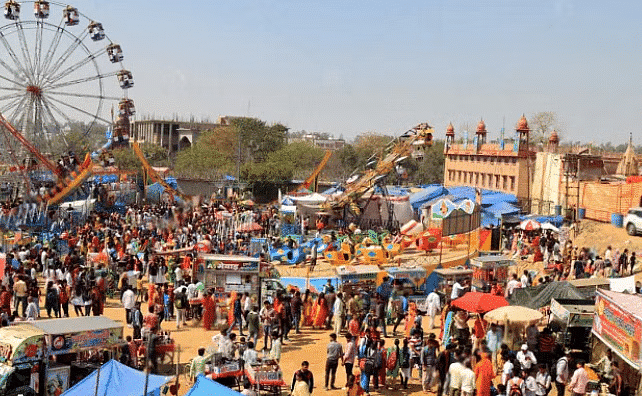Indian Villages - 2 Class 3 Worksheet SST
Q1: Multiple-Choice Questions (MCQs)
 (i) What is the center of most Indian villages where people gather and socialize?(a) School
(i) What is the center of most Indian villages where people gather and socialize?(a) School
(b) Temple
(c) Marketplace
(d) Hospital
(ii) What is the traditional name for the head of an Indian village?
(a) Mayor
(b) President
(c) Sarpanch
(d) Minister
(iii) Which of the following is a common means of transport in Indian villages?
(a) Metro
(b) Car
(c) Bicycle
(d) Airplane
(iv) Which natural resource is essential for farming in Indian villages?
(a) Sand
(b) Rocks
(c) Fossils
(d) Soil
(v) What type of houses are often found in Indian villages, made from materials like mud, straw, and clay?
(a) Skyscrapers
(b) Bungalows
(c) Cottages
(d) Huts
Q2: Fill in the Blanks
(i) Villages are often surrounded by __________ and open spaces where children play.
(ii) In Indian villages, the village panchayat helps solve problems and make decisions for the __________.
(iii) People in Indian villages often engage in farming and grow crops such as __________, rice, and wheat.
(iv) Many Indian villagers use bullock carts for transportation as they can move easily on __________ paths.
(v) The village fair is a special event where people from nearby villages come together to buy and sell goods, play games, and __________.

Q3: True/False Questions
(i) Villages are usually located far away from cities and towns.
(ii) The sarpanch is responsible for leading the village government and making decisions.
(iii) Farming is not a common occupation in Indian villages.
(iv) Villages in India are always equipped with modern facilities like electricity and internet.
(v) The marketplace is a place where only shopping takes place in Indian villages.
Q4: Answer the following Questions
(i) What is the role of Gram Panchayat in a village?
(ii) How does the Gram Panchayat generate income for its activities?
(iii) Who are gram sevaks and what is their role in rural areas?
(iv) Explain the structure of the rural government, including Gram Panchayat, block samiti, and zila parishad.
|
15 videos|85 docs|22 tests
|

|
Explore Courses for Class 3 exam
|

|

















